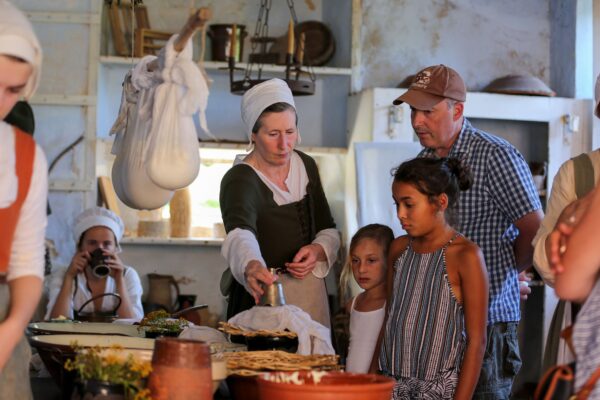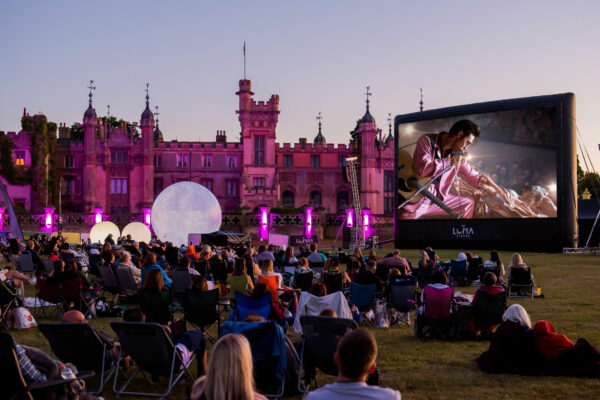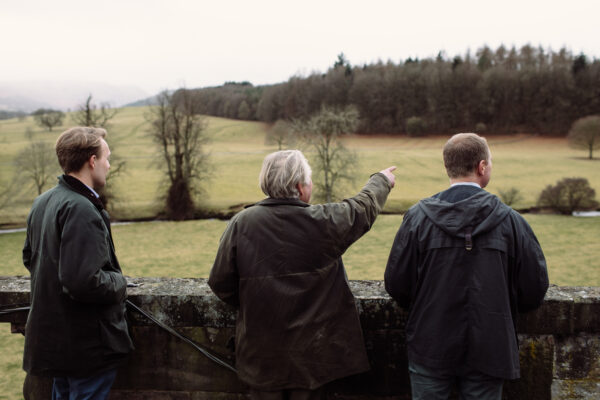Rebate in UK’s Heritage Sector Could Unlock £7M Benefit

Ahead of Historic Houses’ submission to the Culture, Media and Sport Committee inquiry into Protecting Built Heritage, we are pleased to publish our new report on VAT and listed buildings.
Historic Houses was founded in 1973, to champion and represent the UK’s world-famous independent historic houses, castles, and gardens. Our places are hubs of creativity, culture, commerce, and community across many of the most rural parts of the UK, and act as lynchpins of the UK’s thriving tourism and creative industries sectors.
Our findings show changes to the VAT rebate scheme for the heritage sector would better safeguard the country’s fragile historic attractions, widen public access, and provide an economic boost.
The research, carried out by Harlow Consulting, found that government is unnecessarily exacerbating an already daunting backlog of urgently needed repairs currently costed at an estimate of £2bn (as reported by Historic Houses members)– threatening the fabric of some of the UK’s best-loved buildings.
Ben Cowell, Director General of Historic Houses, said: “The average property surveyed spends around £160,000 on its repairs and maintenance each year, but the investment is diminished in value by around 18% as VAT eats into tight budgets. Given the scale of the preservation task they face, it’s not surprising that owners report that almost all money recouped from the tax (90%) would be ploughed into further much-needed work.”
About 80% of Historic Houses properties open to the public are VAT-registered, meaning they can reclaim VAT-able expenditure on buildings that form part of their business operations. This can reduce net VAT payments to somewhere between 2% and 5% for those attractions.
However, not all buildings qualify for VAT reclamation, including those that provide free public access, which disqualifies them from the role of ‘business operations’ that the VAT reclaim system is designed for.
These sites include not just independent places represented by Historic Houses, but free attractions in the care of charities like the National Trust, such as Castlefield Viaduct in Manchester, and English Heritage, which includes Ironbridge in Shropshire, and Kenwood House in London.

The Department for Culture, Media and Sport (DCMS) already recognises that VAT can create disincentives for the maintenance of invaluable heritage, which is why it created a multi-million-pound pot for VAT rebate grants to churches under the Listed Places of Worship Scheme (LPOW). The LPOW scheme was recently confirmed for 2025/26, to support the restoration of thousands of listed places of worship.
Historic Houses estimates that extending eligibility for the existing rebate scheme to listed buildings that open to the public for at least 28 days a year would cost not much more than £6m, and yield as much as £5.5m in additional vital repairs and maintenance.
On top of that, additional public access incentivised by this scheme would help direct millions of pounds worth of new economic activity to rural areas, and boost other taxable business activity, potentially netting the Treasury an overall fiscal gain.
Ben said: “This targeted support would allow owners to choose the best contractors for the job, increasing the demand for specialist heritage skills, and it would encourage almost certainly encourage beneficial reinvestment of recovered VAT expenditures into additional repair and maintenance works.”
The key takeaways from the report include:
- Important listed buildings face a £2bn maintenance shortfall
- VAT can reduce the spend available to tackle that by almost a fifth in some cases
- While some places can register to reclaim VAT, that’s not possible or appropriate for all and excludes important charitable and free attractions
- Including those attractions in the existing DCMS grant scheme for Listed Places of Worship would only cost £6m
- In return it could yield £7m of economic benefit, on top of saving fragile heritage and making more heritage buildings accessible to the public



